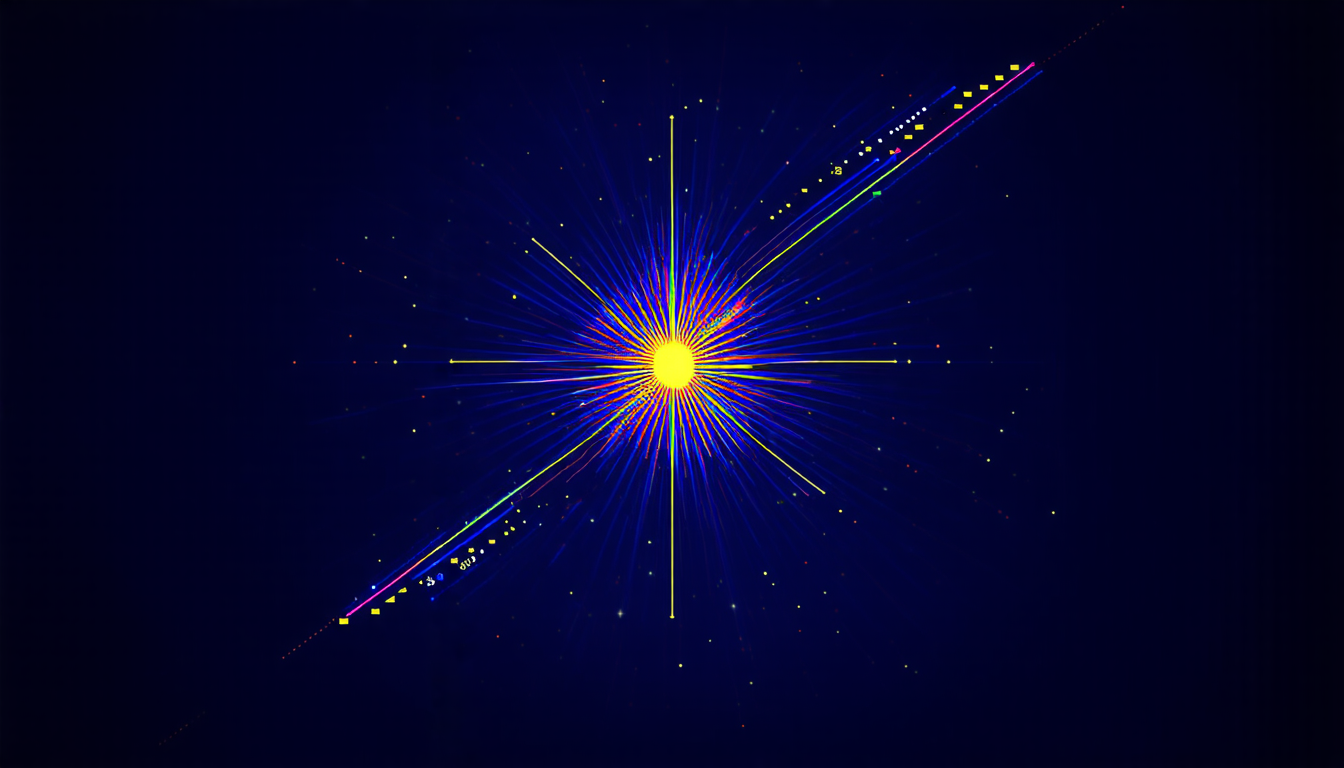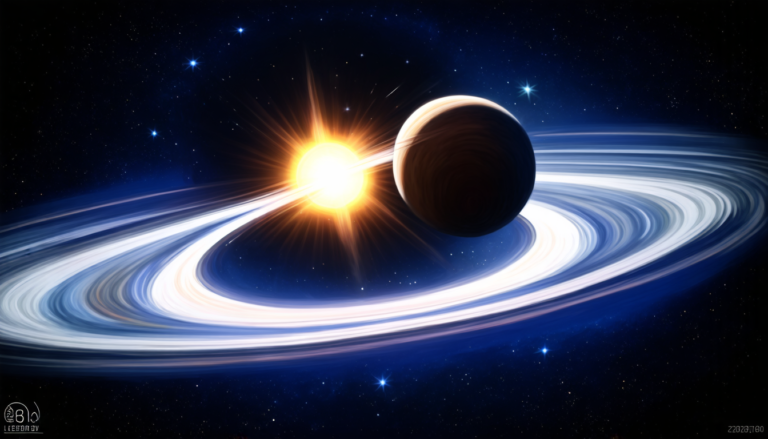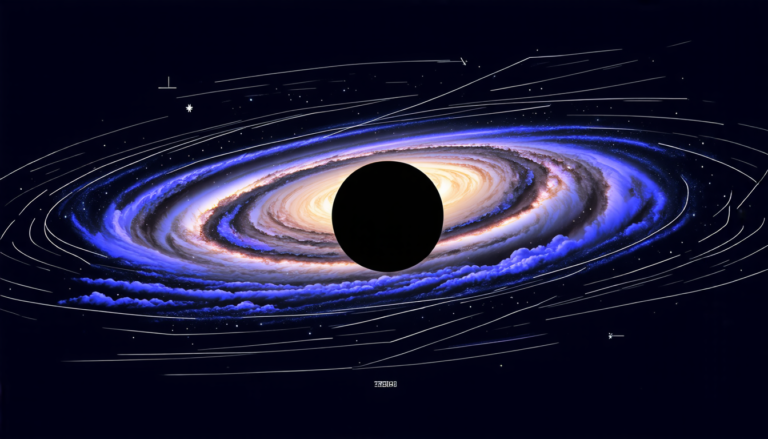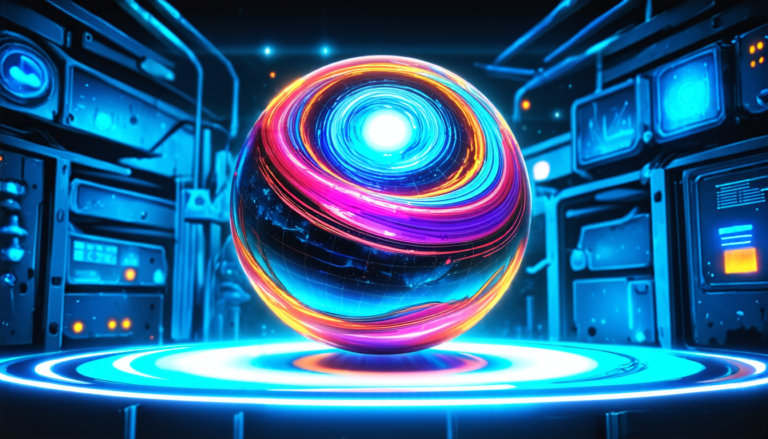Monday 15 September 2025
Researchers have made a significant breakthrough in the field of astronomy, developing a new method for classifying variable stars using machine learning algorithms. This innovative approach has the potential to revolutionize our understanding of these celestial bodies and their role in the universe.
Variable stars are stars that change brightness over time due to changes in their size, temperature, or other factors. These stars can provide valuable insights into the properties and behavior of galaxies, as well as the evolution of stars themselves. However, classifying variable stars is a complex task, requiring careful analysis of large amounts of data.
Traditionally, astronomers have relied on manual classification methods, which are time-consuming and prone to errors. The new method developed by researchers uses convolutional neural networks (CNNs), a type of machine learning algorithm that is particularly well-suited for image and signal processing tasks.
The CNN was trained on a large dataset of light curves from the All-Sky Automated Survey (ASAS) and the Optical Gravitational Lensing Experiment (OGLE). These datasets contain thousands of stars, each with its own unique pattern of brightness changes over time. The algorithm learns to recognize these patterns and classify the stars accordingly.
The results are impressive: the CNN was able to accurately classify 90% of the variable stars in the dataset, outperforming traditional methods by a significant margin. This is a major achievement, as it demonstrates the potential for machine learning algorithms to make a real impact on our understanding of the universe.
But what does this mean for astronomers? For one, it allows them to quickly and accurately classify large numbers of variable stars, which can help to identify new patterns and trends in their behavior. This can lead to new insights into the properties and evolution of galaxies, as well as the nature of dark matter and dark energy.
Furthermore, the CNN approach can be applied to other areas of astronomy, such as the classification of exoplanets or the detection of gravitational waves. The possibilities are vast, and this breakthrough has the potential to open up new avenues for research in the field.
The development of this algorithm is a testament to the power of machine learning and its ability to tackle complex problems. As researchers continue to refine and improve their methods, we can expect even more exciting discoveries in the years to come.
Cite this article: “Astro-Machine Learning Breakthrough: Revolutionizing Variable Star Classification”, The Science Archive, 2025.
Astronomy, Machine Learning, Variable Stars, Classification, Convolutional Neural Networks, Light Curves, All-Sky Automated Survey, Optical Gravitational Lensing Experiment, Galaxy Evolution, Exoplanet Detection.







